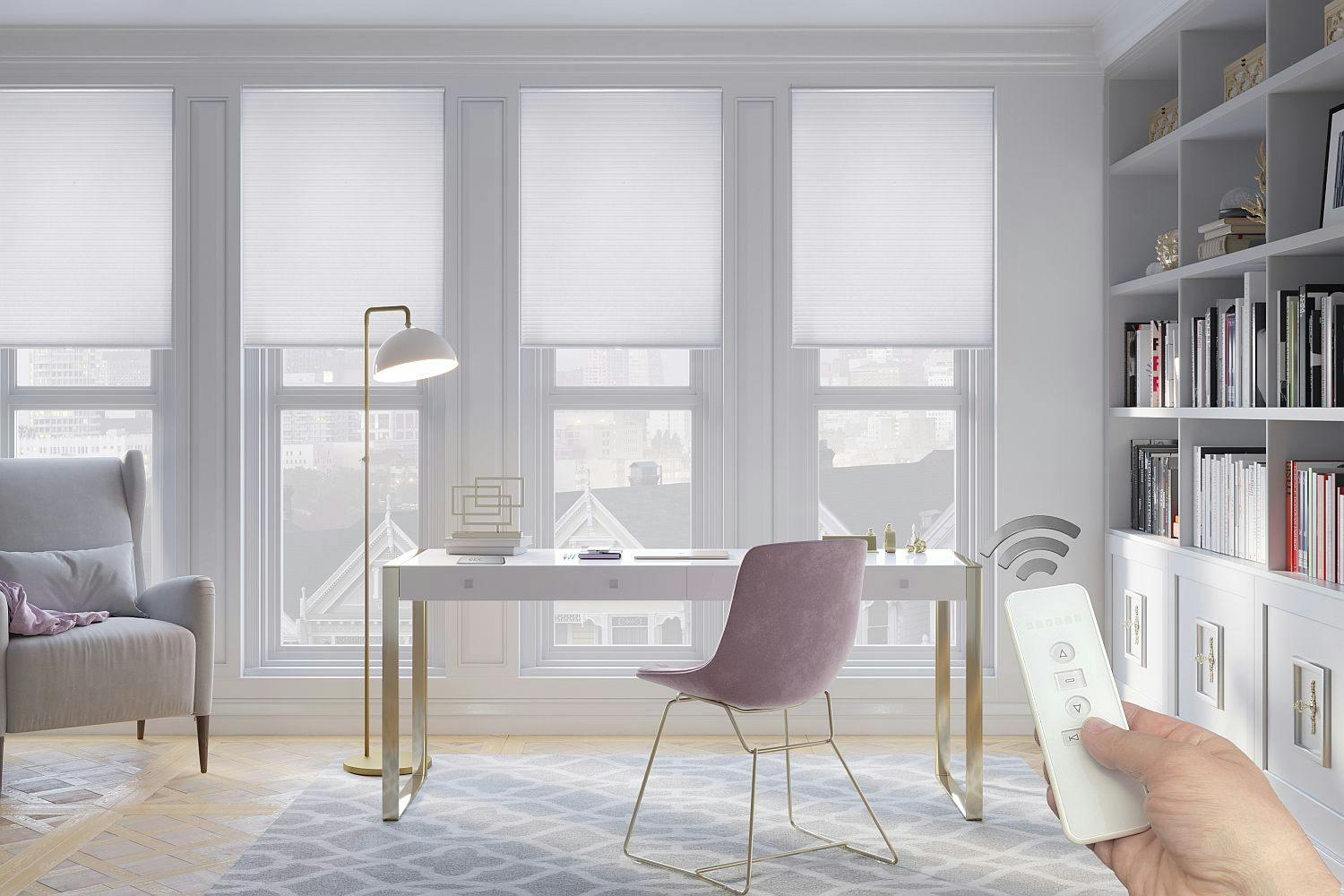Diamonds are timeless treasures that captivate with their brilliance and allure. Whether you’re shopping for an engagement ring, a special gift, or simply indulging in luxury, understanding the “Diamond 4Cs” is essential. These four factors—Cut, Color, Clarity, and Carat Weight—determine a diamond’s quality, appearance, and value. Let’s delve into each of these aspects to empower your diamond buying journey.
Understanding Cut
At the heart of a diamond’s beauty lies its cut. This refers not to the diamond’s shape (like round or princess) but to how well it reflects light. A well-cut diamond maximizes sparkle and brilliance by precise proportions and symmetrical facets. Whether it’s the classic round cut or the modern princess cut, the craftsmanship behind the cut enhances the diamond’s allure.
Types of Diamond Cuts
Diamonds come in various cuts, each influencing its brilliance differently. The round brilliant cut, known for its unparalleled sparkle, remains a popular choice for engagement rings. On the other hand, the princess cut with its sharp angles exudes a contemporary elegance. Other cuts like oval, pear, marquise, and emerald offer unique characteristics suited to different styles and preferences.
Factors Influencing Cut Quality
Achieving the perfect cut involves balancing proportions, angles, and symmetry. A diamond’s ability to reflect light, known as brilliance, depends on the precision of these factors. A well-cut diamond will sparkle intensely, drawing admiration from every angle.
Color Grading
Diamond color grading evaluates the absence of color within a diamond, with the highest grade being “D” (colorless) and descending to “Z” (light yellow or brown). Colorless diamonds allow light to pass through effortlessly, maximizing brilliance and fire.
Differences Between Color Grades
While colorless diamanten 4Cs are traditionally prized for their purity and brightness, some prefer diamonds with subtle hints of color, such as faint yellow or champagne hues. Colored diamonds, on the other hand, exhibit a range of vibrant hues including pink, blue, and yellow, each adding a unique personality to the stone.
Impact of Color on Appearance
The color of a diamond can significantly influence its appearance and perceived value. Colorless diamonds appear icy white and are highly sought after for their purity and sparkle. In contrast, colored diamonds showcase a spectrum of shades that appeal to individual tastes and styles.
Clarity Evaluation
Diamond clarity refers to the presence of internal and external imperfections, known as inclusions and blemishes. These natural characteristics form during the diamond’s formation deep within the earth. Clarity grading evaluates the number, size, position, and visibility of these imperfections under 10x magnification.
Common Clarity Characteristics
Inclusions can range from tiny crystals to feather-like fractures within the diamond. Blemishes include scratches, pits, and nicks on the diamond’s surface. The location and quantity of these features determine a diamond’s clarity grade, impacting its transparency and brilliance.
Clarity Grading Scales
The clarity scale ranges from “Flawless” (FL) to “Included” (I3), with each grade reflecting the presence and visibility of imperfections. While Flawless diamonds are exceptionally rare and free from any blemishes or inclusions, diamonds in lower clarity grades may have imperfections visible to the naked eye.
Carat Weight
Carat weight measures a diamond’s size rather than its quality. One carat equals 200 milligrams, and larger diamonds are rarer and therefore more valuable. However, carat weight should be balanced with other factors like cut, color, and clarity to achieve the desired brilliance and beauty.
How Carat Weight Affects Appearance
While larger diamonds may appear more impressive, the cut quality plays a crucial role in how light interacts with the stone. A well-cut diamond of smaller carat weight can outshine a larger diamond with inferior cut quality. Balancing carat weight with the 4Cs ensures that you find the perfect diamond that meets both your size preferences and quality standards.
Choosing the Best Combination
Selecting the ideal diamond involves finding the right balance among the 4Cs based on your personal preferences and budget. Whether you prioritize size, brilliance, color purity, or flawless clarity, understanding how each factor contributes to a diamond’s overall appeal empowers you to make an informed decision.
Example Scenarios
Imagine choosing between a larger diamond with lower color grade versus a smaller diamond with higher clarity and superior cut. Each scenario presents trade-offs that reflect personal tastes and priorities. Consulting with a reputable jeweler and examining different diamonds in person can help clarify your preferences.
Popular Diamond Combinations
Trends in diamond preferences vary based on cultural influences, fashion trends, and celebrity endorsements. From timeless classics to modern preferences, certain combinations of the 4Cs remain perennial favorites among diamond enthusiasts and buyers alike.
Engagement Ring Trends
Engagement rings often feature diamonds with excellent cut quality to maximize brilliance and sparkle. The round brilliant cut paired with colorless or near-colorless diamonds continues to be a popular choice for engagement rings, symbolizing enduring love and commitment.
Celebrity Choices
Celebrities influence diamond trends with their unique styles and preferences. Whether it’s a statement-making diamond with exceptional clarity or a rare colored diamond, celebrity choices often set benchmarks for luxury and exclusivity in the diamond market.
Shopping Tips
Navigating the diamond market can be overwhelming, HPHT oder Cvd diamant, but armed with knowledge about the 4Cs, you can make a confident and informed purchase.
Where to Buy Diamonds
Consider reputable jewelers with certifications and a history of ethical practices. Online retailers offer convenience and a wide selection, while physical stores provide the opportunity to examine diamonds in person and seek expert advice.
Questions to Ask Jewelers
Ask about diamond certifications, warranties, and return policies. Inquire about the specific characteristics of the diamond you’re interested in, such as its cut proportions, color grade, and clarity characteristics. A knowledgeable jeweler will provide transparency and guidance throughout your purchase process.
Caring for Your Diamond
Once you’ve found the perfect diamond, proper care ensures its longevity and brilliance for years to come.
Maintenance Tips
Clean your diamond regularly using mild detergent, warm water, and a soft brush to remove dirt and oil buildup. Avoid wearing your diamond during strenuous activities or when using harsh chemicals to prevent damage.
Professional Services
Schedule regular inspections and professional cleanings to maintain your diamond’s brilliance and check for any signs of wear or damage. Professional jewelers can provide services such as re-polishing to restore your diamond’s original sparkle.
Diamond Investment
While diamonds are cherished for their beauty and symbolism, their investment value varies based on market trends and economic factors.
Is Diamond a Good Investment?
Diamonds can hold value and appreciate over time, especially rare or high-quality stones. However, unlike financial investments, diamond resale values can fluctuate based on market demand and consumer preferences.
Factors Influencing Resale Value
Factors such as diamond rarity, quality, and market demand influence resale values. Historical trends suggest that diamonds with exceptional characteristics and provenance may retain or increase in value over time.




